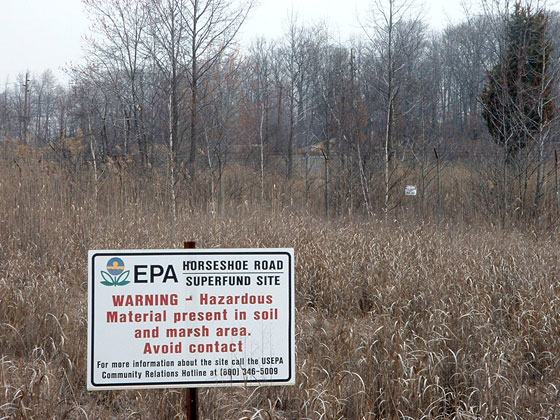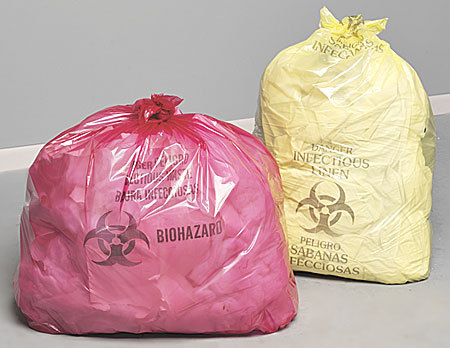Did you know the Environmental Protection Agency (EPA) does not regulate biomedical waste at the federal level? Biomedical waste is typically regulated by the state and/or local government. In Florida it is regulated by the Department of Health but is delegated to the counties within the state. What is biomedical waste? The answer is: it…
Month: October 2012

Spill Prevention Control & Countermeasures Plan Requirements
In the last post I briefly reviewed the Spill Prevention Control and Countermeasures (SPCC) requirements. Today’s post will focus on the information that must be included in an SPCC Plan. The following requirements are summarized from the General Requirements for Spill Prevention, Control, and Countermeasure Plans found in 40 CFR 112.7. Physical layout of the…

Spill Prevention Countermeasures and Control Requirements
In previous posts I have discussed some of the regulatory requirements associated with the Environmental Protection Agency’s (EPA) Emergency Management Division: EPCRA and CERCLA. Today’s post continues exploring these requirements with the Spill Prevention Control and Countermeasures (SPCC) requirements found in 40 CFR 112. The SPCC requirements are part of the Oil Pollution Prevention regulations…

Preparing for an Unannounced Inspection
While at a client site yesterday, I received a call that the Fire Department wanted to visit the facility. About an hour later a representative from the local fire department was on-site. Believe it or not, he wanted to see the chemicals reported on the Tier II report for the facility submitted earlier in the…

CERCLA Basics
Last week I presented a series on Emergency Planning and Community Right to Know Act (EPCRA), in the second part of that series I discussed Emergency Release Notification Requirements. I briefly mentioned the intersection between the Comprehensive Environmental Response Compensation and Liability Act (CERCLA) also known as Superfund. This intersection applies to releases (or spills…
EPCRA TRI Reporting
I will wrap up this series of posts on EPCRA regulations with the last of the required reports, the Toxic Release Inventory (TRI) Report. Let’s begin with identifying which facilities need to complete this report (see 40 CFR 372.22 for details). Facilities that have: More than 10 employees A certain North American Industry Classification System (NAICS) …
EPCRA Reporting
Over the past few posts I have discussed the requirements of Emergency Planning Community Right to Know Act (EPCRA) for both Emergency Planning and Emergency Release Notifications. In today’s post I am going to tackle part one of the last major section of EPCRA, reporting. There are three reports required by EPCRA: Chemical Inventory, Material Safety Data…
EPCRA Emergency Release Notifications
I am on a quest to demystify the requirements of the Emergency Planning and Community Right to Know (EPCRA) regulation. In the previous post I discussed the requirements of EPCRA Emergency Planning, today I am focusing on EPCRA emergency release notification. EPCRA standards require the reporting of a release of any Environmental Hazardous Substance (EHS) at or above…
EPCRA Emergency Planning Requirements
In my previous post I mentioned the Emergency Planning and Community Right to Know Act (EPCRA) is composed of three major parts. In today’s post I will focus on Emergency Planning, the portion of the law which intends to prepare state and local governments to respond to the most likely hazardous chemical emergencies. EPCRA requires the…
Introduction to EPCRA
Environmental regulations have the tendency to confuse even the most intelligent of professionals. A group of regulations that I revisit often is Emergency Planning and Community Right to Know (EPCRA). This week I will post of series that will detail the requirements of EPCRA. The goal of EPCRA, as indicated by its name, is to facilitate emergency…
